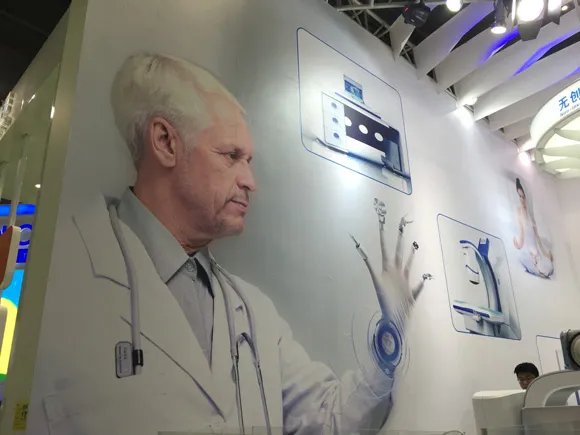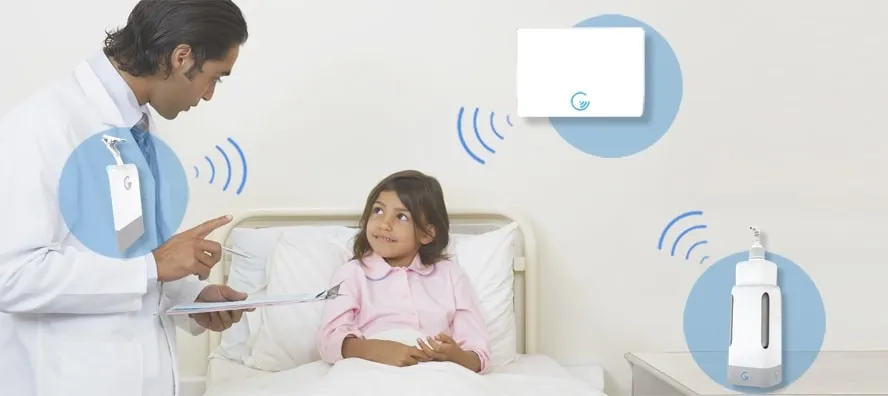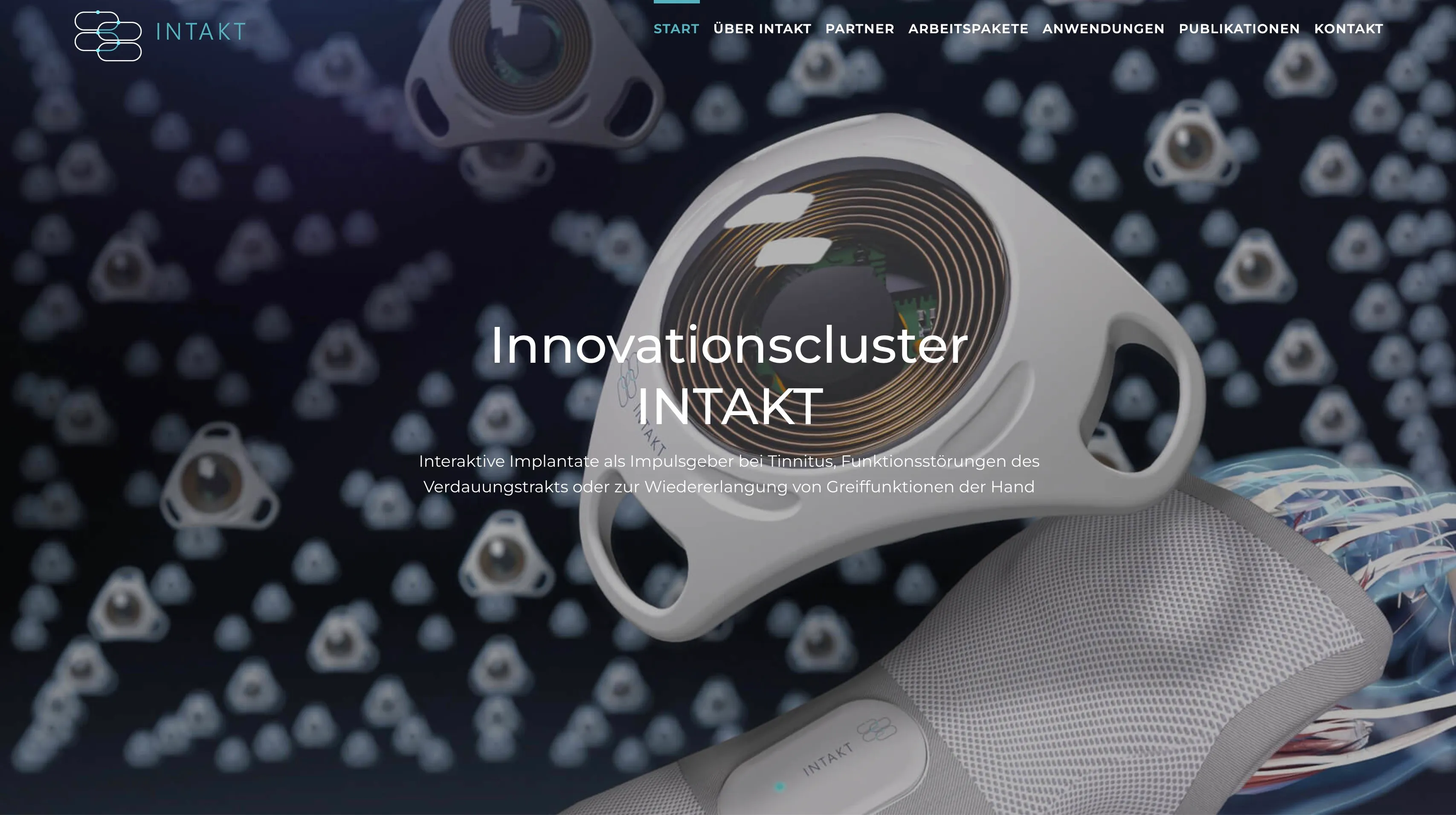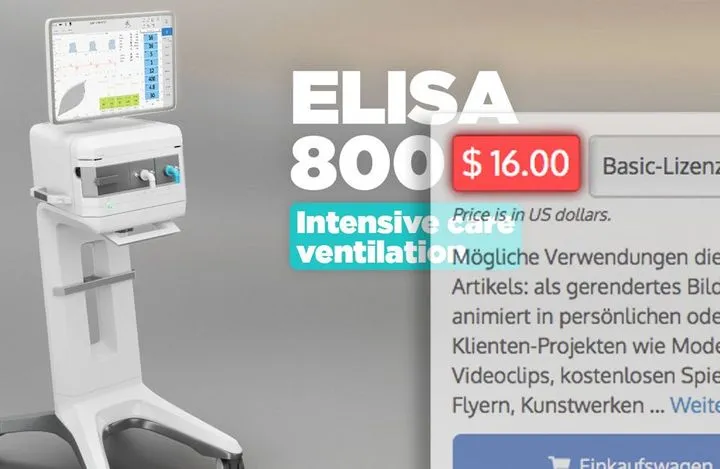Perspective
How to Win in China's Wearables Market ?
Thisarticle is currently only available in English.

The wearable technology industry is booming, with China being crowned the fastest-growing market, according to International Data Corporation (IDC.) Wearable devices present vast opportunities for China's healthcare sector in particular, where a growing middle class combined with urbanization is increasing consumer health consciousness. China's healthcare sector spending is estimated to rise to $1 trillion by 2020 and wearable device sales are projected at 4.7 billion units in China by 2020, according to IDC. As food safety and air pollution remain key concerns, businesses are investing in next-generation wearable that collect and analyze personal data to deliver accurate information, increase staff efficiency, and heighten awareness of healthier practices.
" China's healthcare sector spending is estimated to rise to $1 trillion by 2020 and wearable device sales are projected at 4.7 billion units in China by 2020, according to IDC. "

As air pollution and food safety still remain key concerns, businesses are investing in next-generation wearable that collect and analyze personal data to deliver accurate information, increase staff efficiency,and heighten awareness of healthier practices.Our Successful case study
MedSense Clear, a smart hand-hygiene solution a healthcare IT solutions provider based in Hong Kong.

We were tasked to come up with the market research, product design, and user interface of MedSense Clear. MedSense Clear is comprised of four components: A badge, beacons, dispenser monitors, and a base station.

Hospital employees rst wear a badge, which records individualhand hygiene data. A system of beacons is used to designate "patient zones," issuing real-time alerts that remind staff to wash their hands. The badge then uploads this data to a mobile base station that is redirected to MedSense HQ - a web-based reporting tool. Administrators are able to seamlessly collect data about their sta's hand-hygiene compliance.

The success of MedSense Clear lies in WILDDESIGN's 360-degree approach. The firm's designers began by working closely with focus groups at Queen Mary Hospital in Hong Kong, conducting interviews with nurses and doctors to identify the daily routines and challenges of healthcare workers. These insights were then applied to the product's design and development. To minimize obtrusiveness, WILDDESIGN's team created a communications system where blue LEDs light up to indicate power status, interaction, or malfunction. Devices were designed to be non-invasive with a lightweight, user-friendly design that requires minimum installation and maintenance.
Through exploratory research, cultural sensitivity, and local market knowledge, WILDDESIGN equips healthcare professionals with the right information at the right time, integrating them into the network of a smart city.
Because at WILDDESIGN, we believe a truly smart solution is designed with the local context and end user in mind. To find out more about WILDDESIGN's process and strategy, click here.
Frequently asked questions




